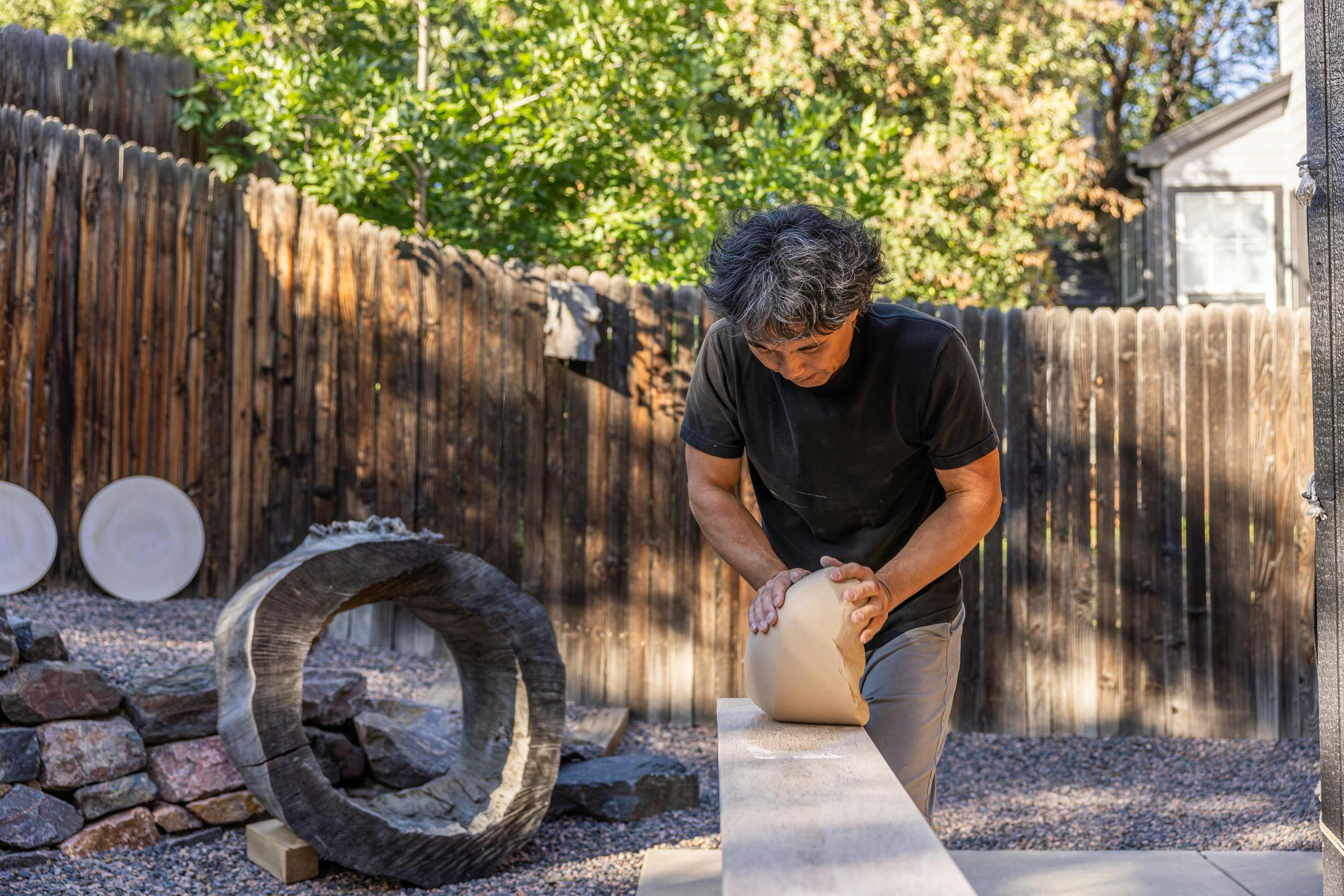
In Studio with Kazu Oba of O'baware
In the realm of ceramic artistry, the journey from one corner of the world to another can be transformative, infusing creativity with fresh perspectives. For this interview, we talk with artist Kazo Oba, whose path has led him from the culturally rich landscapes of Japan to the vibrant artistic community of Colorado. We delve into his philosophical perspective on perfection and imperfection, organic approach to craftsmanship, and the humanness that defines his art. Join us as we unravel the fascinating artistic journey of this talented ceramicist and sculptural artist, whose home studio is not just a workspace but a vital extension of his creative soul.
—
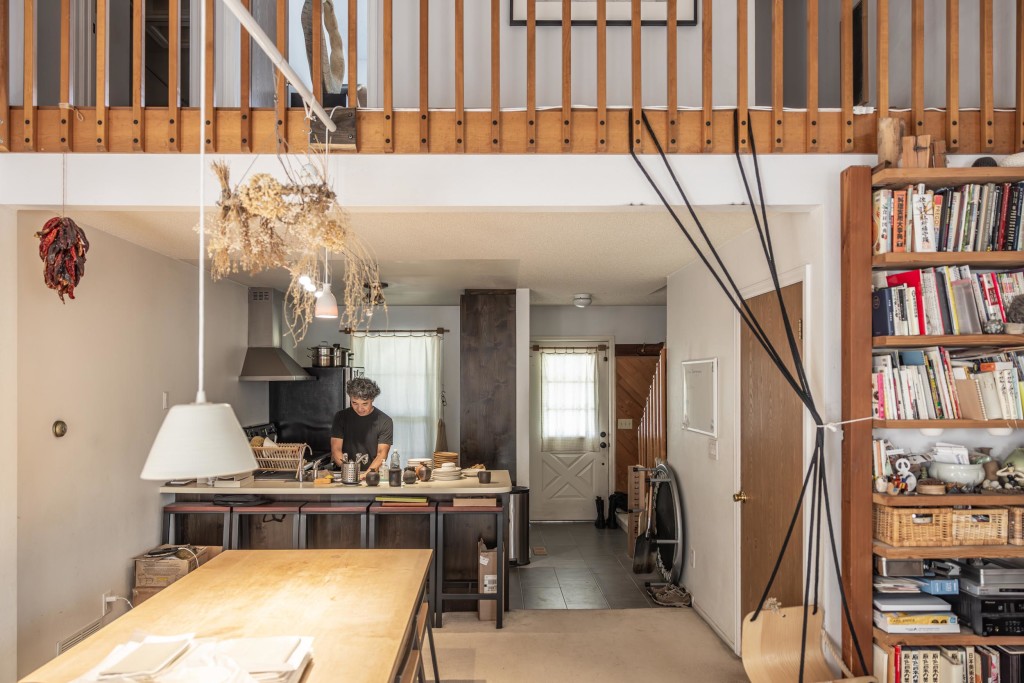
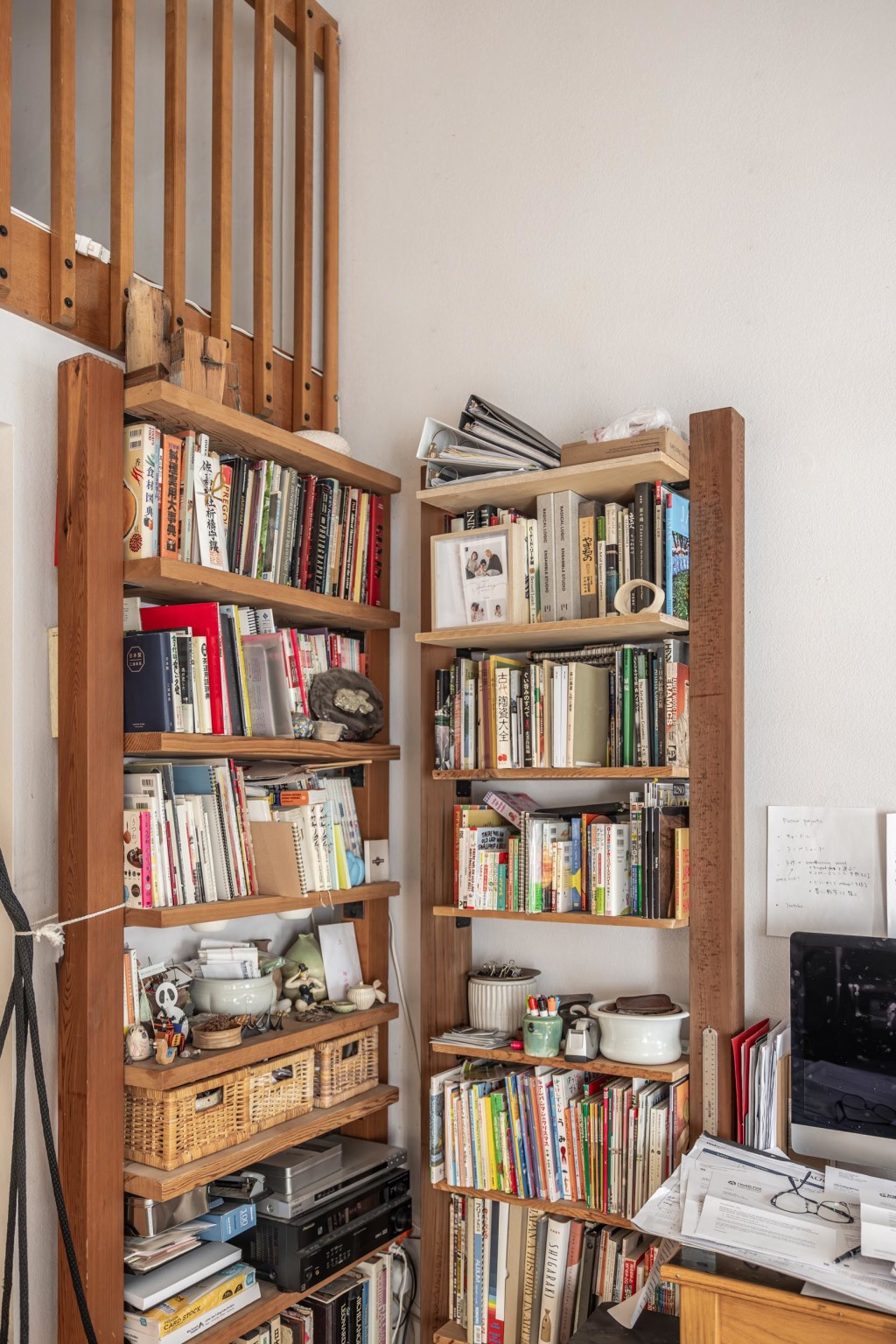
FF: Your artistic journey has taken you from Japan to Colorado. How has this change in environment influenced your creative process and the themes you explore in your
ceramic art?
KO: Although I was that kid who played with oil clay and Legos for hours at a time, it was much later in life, almost 10 years after I moved here, that I decided to change my major and pursue my path in art. It was a direct result of some human interactions and befriending certain people rather than a change in environment. The environment surely has a big impact on my process and the themes I use, though. I might be a surfer instead of a potter if I lived on a coast, for example.
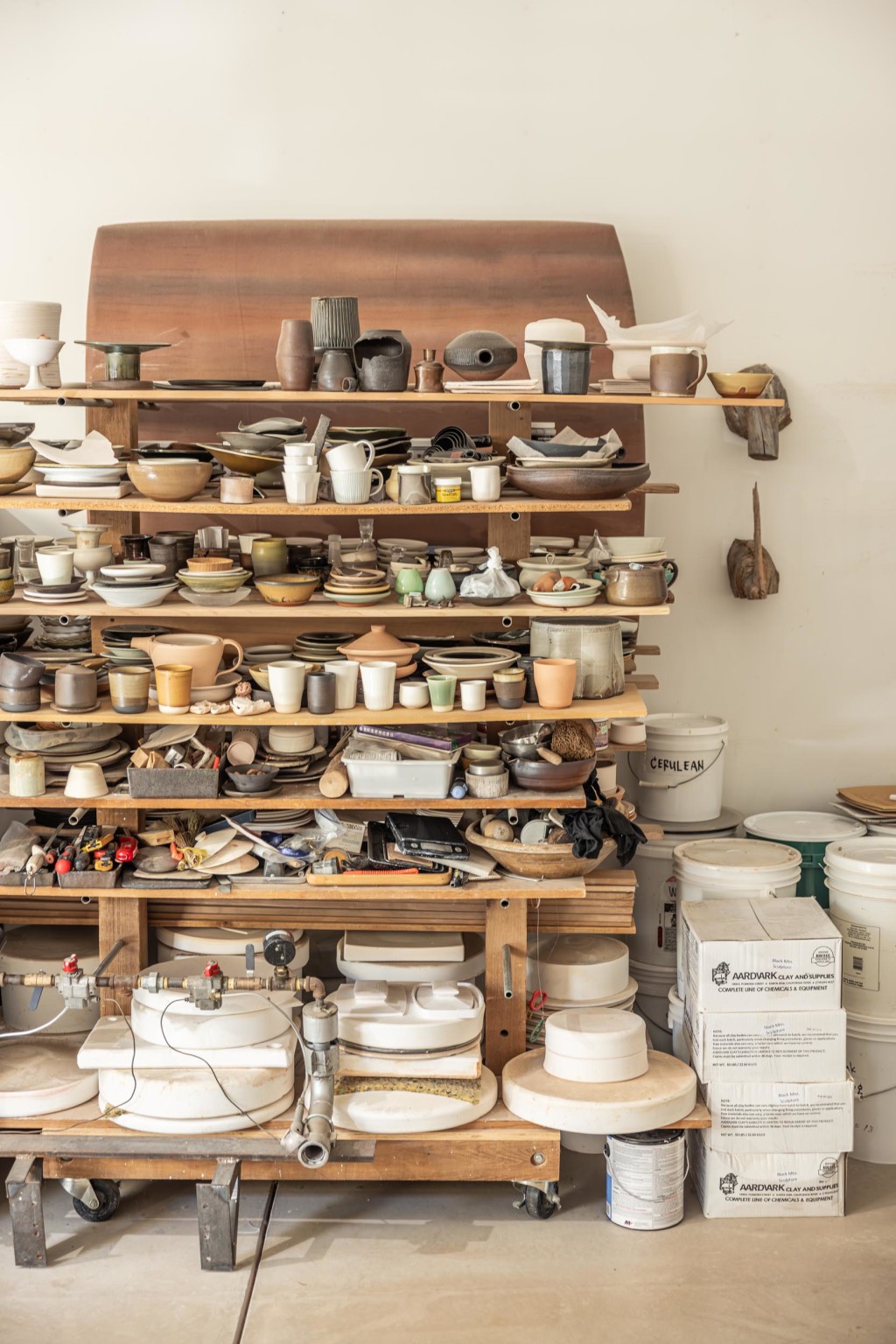
FF: Japanese ceramics have a rich tradition and cultural significance. How do you draw inspiration from this heritage while also infusing your own unique style into your creations?
KO: I don't come from a family that has practiced the craft for generations, nor was I old enough to know its cultural significance. The understanding of heritage and fusing of different cultures is organic and not a calculated endeavor. I do things that feel right and
feel natural, and I try not to try too hard ;)
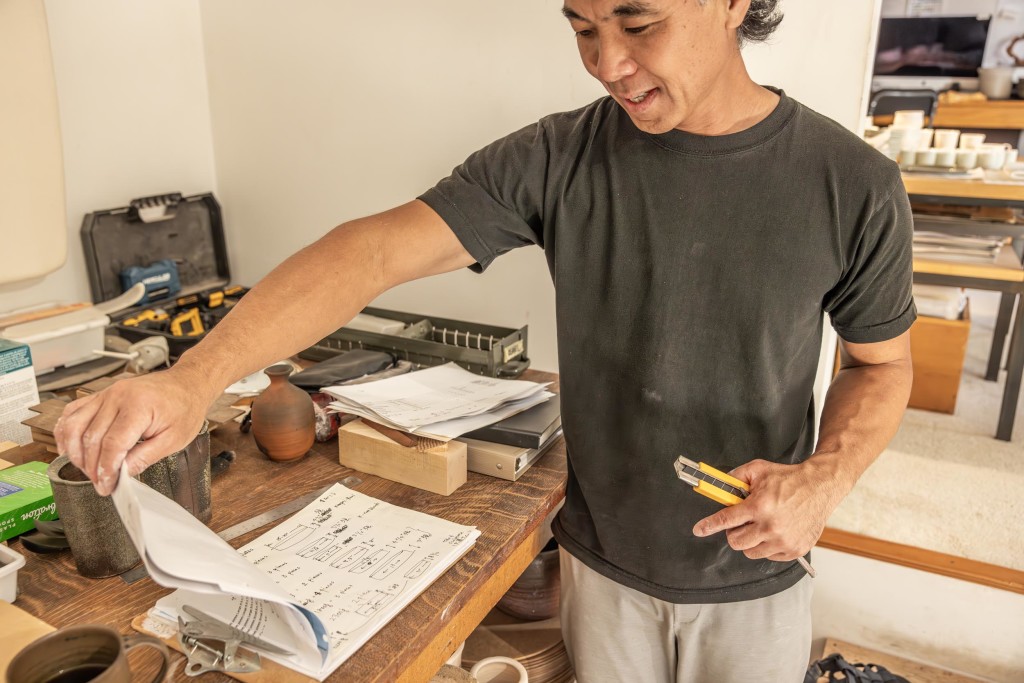
FF: At what stage in your life did you decide to pursue your craft in pottery?
KO: Towards the end of my career in the restaurant business, I became more and more interested in the vessels I was placing the food on. It is not unusual in Japan for chefs and chefs-in-training to start collecting dishes by visiting pottery shows and potters' studios or start taking pottery classes themselves. It is a quite natural course of events, I think. We know some foodies who started to make their own dishes, right? I think more and more of those considerate and sensible chefs are starting to pay more attention to the vessels they use. That's a good trend. I hope it's more than a trend. I think the vessels should feel good and work well before looking good.
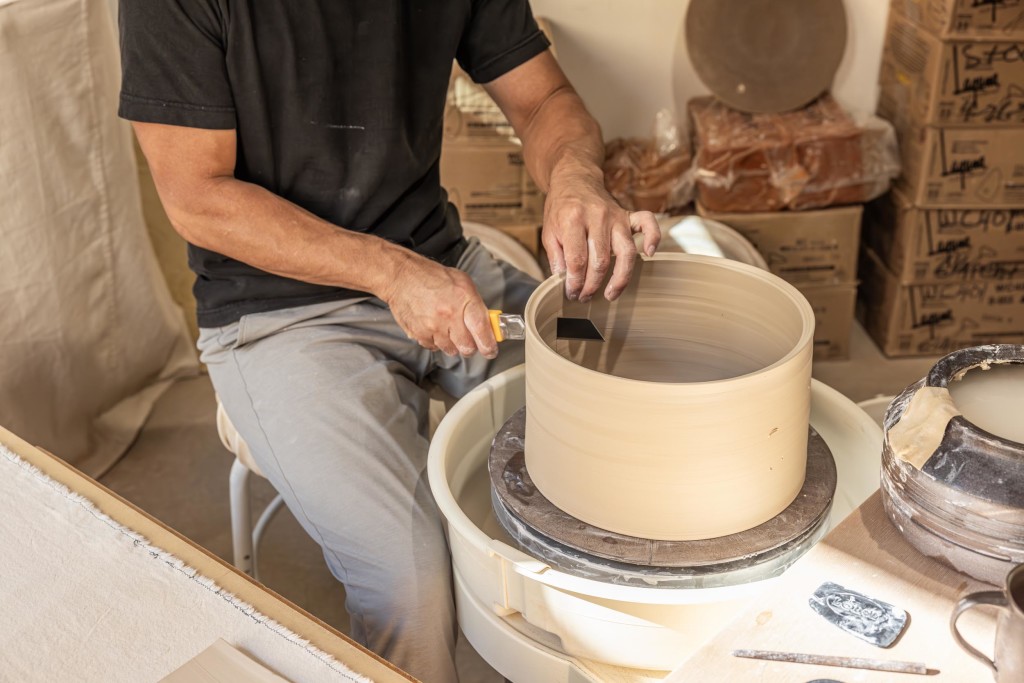
FF: Colorado is known for its stunning landscapes. How do the natural surroundings and seasonal changes here find their way into the colors, textures, and forms of your ceramic pieces?
KO: There are some obvious ways the seasonal changes influence pottery. A wide-open serving vessel in porcelain with blue celadon feels cool for warmer seasons, and a sturdy/heavy bowl with a rustic-colored glaze in a more closed shape would keep the warm food warm longer in the winter months. As far as the influence on my pottery goes, Colorado landscapes and climate have the biggest impact on me in terms of what different seasonal ingredients are available and what is cooked up with them!
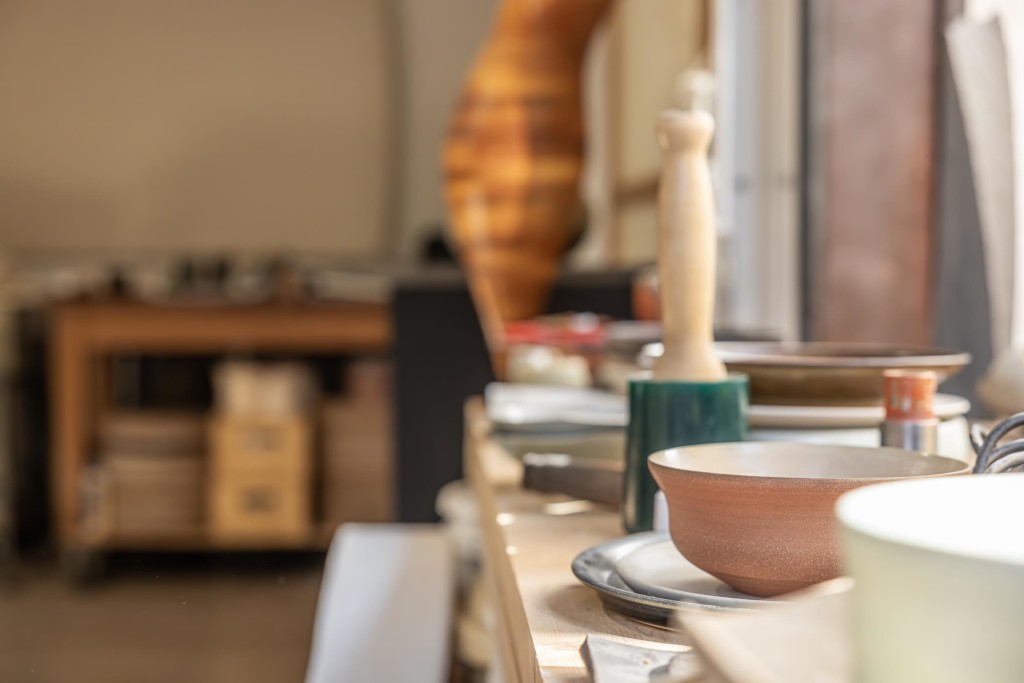
FF: Clay has a tactile and versatile nature. Could you share how you manipulate and experiment with different clay types to achieve the desired aesthetics and functionality in your pottery? The concept of wabi-sabi values imperfection and transience in art. How does this philosophy manifest in your work, and how do you strike a balance between perfection and imperfection in your ceramic creations?
KO: I strive for perfection, but my pots always come out a little wonky. And I really appreciate the quality of humanness. I know I will try, but I shouldn't be trying too hard. (I'm guessing that you are referring to the symmetrical, machined look as perfection, and the wonkiness to be the imperfection. The pottery making on a potter's wheel is fundamentally a mechanical activity. The wheel-thrown pottery can look very precise and machined because it is made on a mechanical tool. There are ways, though, to work in a very organic manner. When there are so many ways to make "perfect" vessels, us independent potters shouldn't compete with mechanical means and the easy-to-see quality of "perfection," and the public should be more educated and realize the authentic humanness quality of "hand-made" pottery. But it's just my opinion, to be kept between you and me ;)
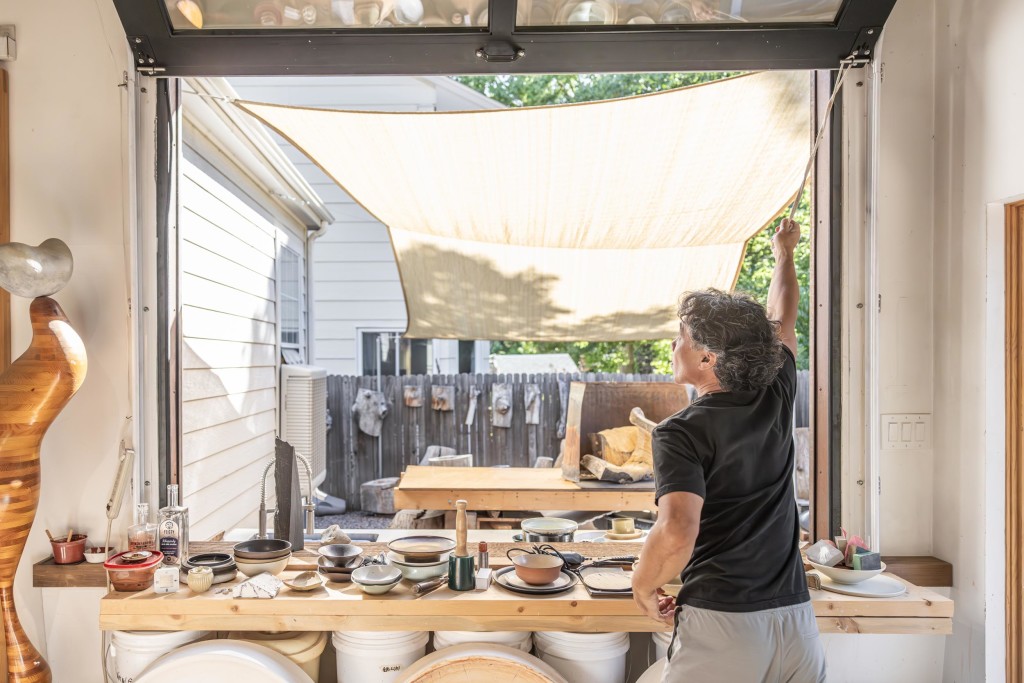
FF: Collaboration between cultures can lead to beautiful artistic fusions. Can you tell us about any instances where your Japanese background and your current Colorado life have blended to create something truly unique in your art?
KO: All the things I make just come out to have that "blended" look naturally. I'm from Japan, but I have been living here in CO longer than in Japan. While my journey has been somewhat unusual, I believe everyone's path is unique. I believe for anybody to create something truly unique is to create what makes sense to him/her.
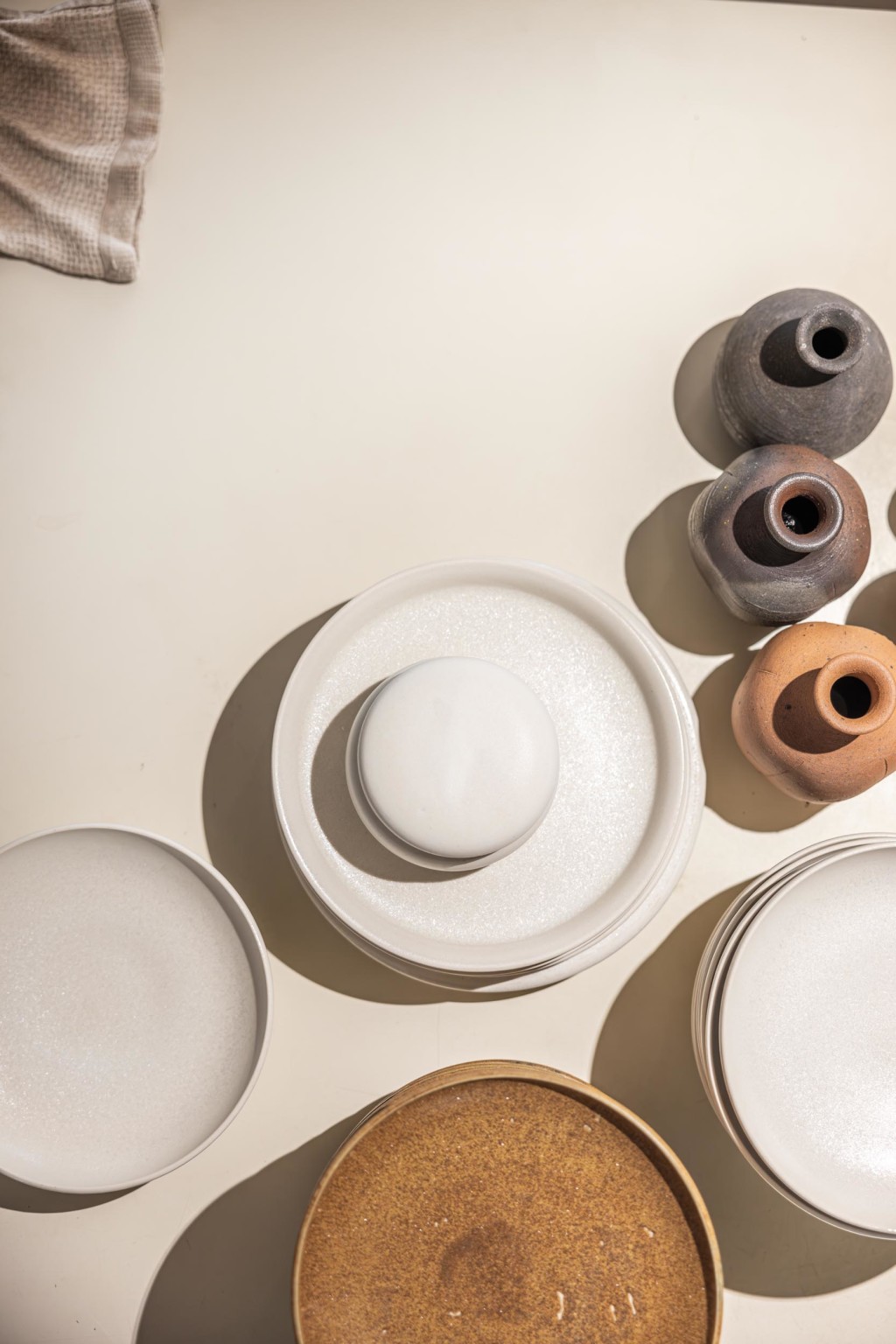
FF: As both a ceramicist and artist, your work spans functional pottery and sculptural pieces. Do you anticipate putting more focus on the creation of your larger sculptural objects in the future?
KO: Possibly, depending on so many variables. First of all, I don't distinguish my functional vessel making from wood and stone sculpting. Jerry, my sculpture master, would say, "Look Ma! It's 3D!" They may require different tools, different flows in the studio, but I enjoy them equally. Larger sculptural pieces have a set of hurdles that need to be figured out, but I'm always open to that in the future, whether it's a public commission or for a private collection. My own such project is on the horizon. So please stay tuned.
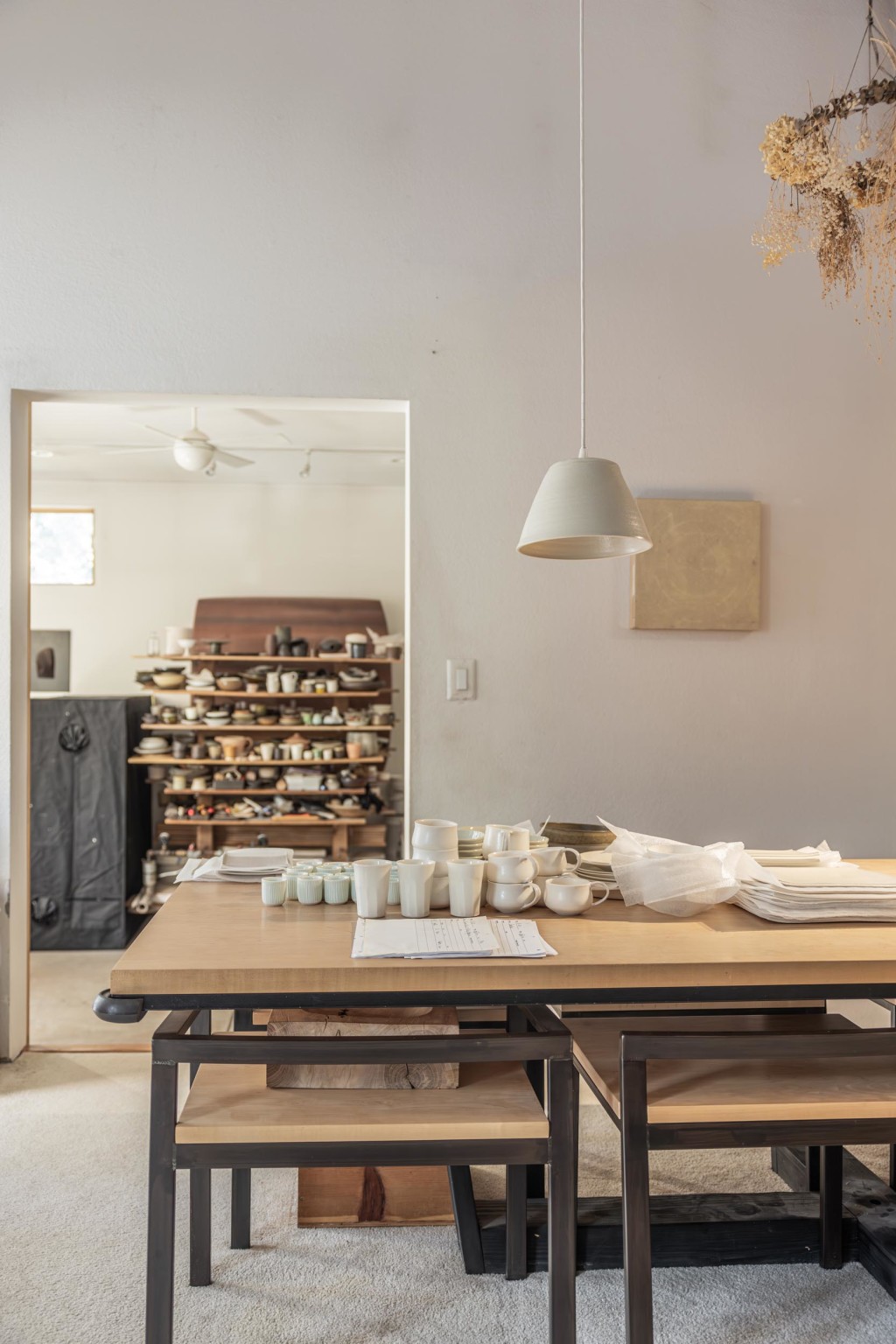
FF: Can you tell us a little about your home studio and why you felt it was important to have your studio as part of your home? Or, what do you love most about having your studio connected to your home?
KO: My work and my life are all one piece. It would make sense that they live together. On a practical side, it's so convenient to be able to just walk in to check on the pots in the walk-in dump room anytime during the day. Honestly, here in the extreme dryness, a dump room is almost a requirement for the kind of ceramic processes I adapted, free-hand wheel throwing. On some occasions, I just walk out of the indoor studio onto gravel and carve wood. I feel so fortunate to be able to do that. I really hope a lot of people come out to see the show at Fantastic Frank. And if they become a little more interested, they will come visit my studio where the magic happens. O'baware Open Studio 2023.